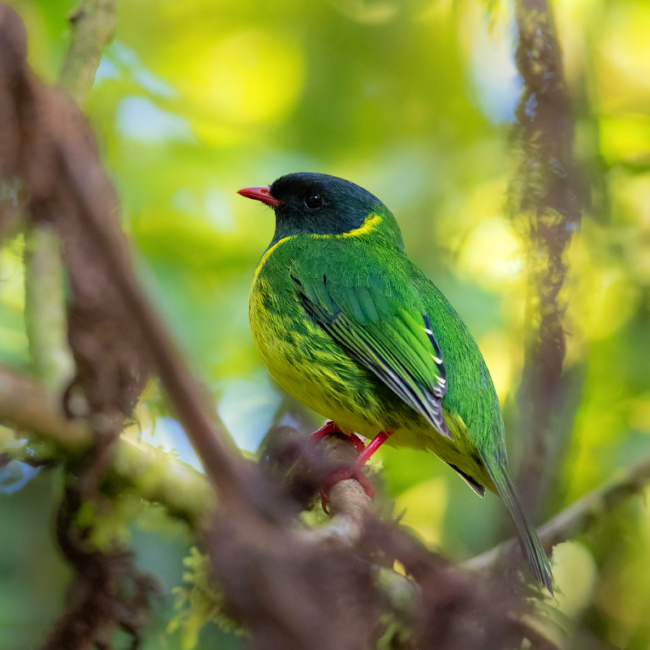A unique bird called the Green-and-Black Fruiteater may be found in South America’s Andes mountain region. This little bird is distinguished by its distinctive plumage, which includes black feathers on its head, chest, and tail and green feathers on its back and wings. Numerous studies have been done on the bird’s frugivorous diet, but more recent observations indicate that its eating habits have changed.

The Green-and-Black Fruiteater’s food habits have changed unexpectedly as a result of observations of it ingesting vast amounts of earthworms and insects. This bird species, which was once believed to be only frugivorous, has suddenly evolved into a “Wormeater,” a phenomena that has intrigued both scientists and birdwatchers.
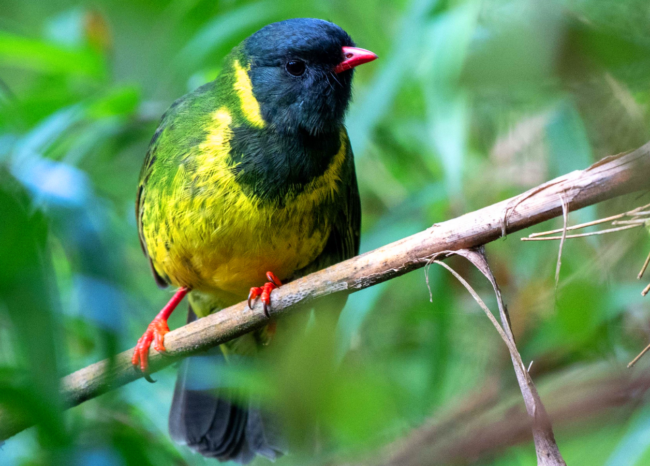
The availability of food sources in its habitat and the changing environment might be blamed for this shift in diet. The Andes’ increased rainfall has increased the number of earthworms and other insects, giving the bird a new source of food. The Green-and-black Fruiteater’s capacity to adapt to environmental changes is demonstrated by the fact that this shift in food has allowed it to flourish in its native habitat.
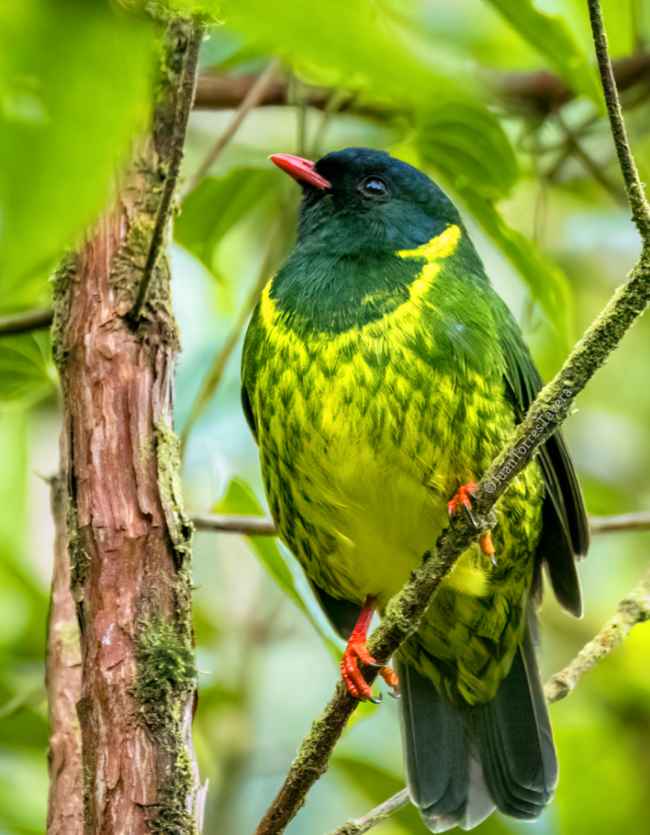
Researchers that are examining the effects of this alteration on the population dynamics and physiology of the bird are interested in the nutritional shift in the Green-and-Black Fruiteater’s behaviour. Additionally, the prospect of other bird species changing their diets in response to climate change is investigated.
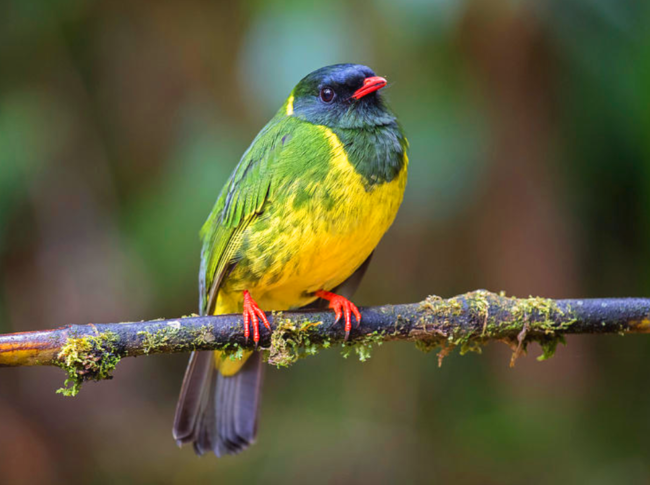
The Green-and-Black Fruiteater is a bird that can be characterised in a variety of ways. It is a well-liked subject for both birdwatchers and scholars due to its distinctive appearance and intriguing feeding habits. Another factor that makes the bird so fascinating to biologists is its capacity to adapt to changing settings.
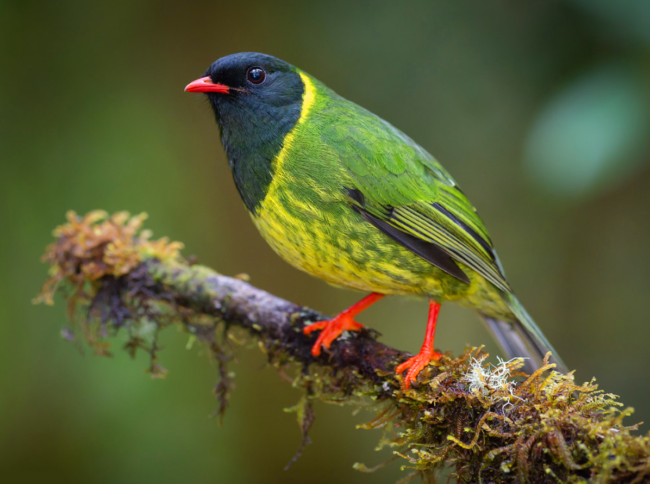
The Green-and-Black Fruiteater is an uncommon bird in many ways. Its altered eating habits demonstrate how adaptable it is to environmental changes and represent a significant advancement in the study of birds. This shift towards a more omnivorous diet will be further researched in order to learn more about how resilient and adaptable birds are to climate change.
